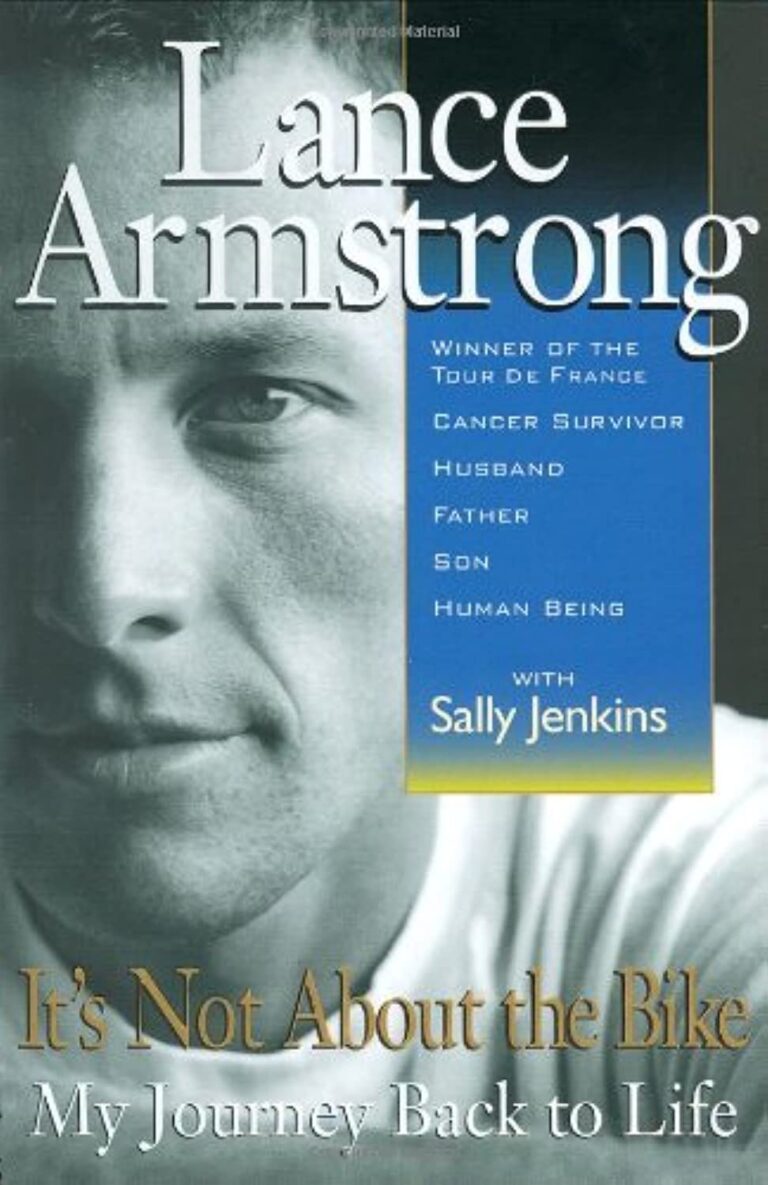
Breast cancer is a widespread malignancy that involves the uncontrolled growth of breast cells. Often known for its lumps or masses, which are usually revealed through mammograms, breast cancer is a significant health concern worldwide.
Breast cancer is a broad term that encompasses a variety of subtypes, each differing through their specifics such as the location of the initial tumor, growth rate, aggressiveness, and, crucially, the types of cells affected. Subtypes include ductal carcinoma in situ, lobular carcinoma in situ, invasive ductal carcinoma, and invasive lobular carcinoma, among others. One particularly aggressive subtype is the triple-negative breast cancer.
Defining Triple-Negative Breast Cancer
Triple-negative breast cancer (TNBC) refers to a type of breast cancer that does not express the genes for estrogen receptor (ER), progesterone receptor (PR), and Her2/neu. In a more straightforward way, this means the cancer cells test “negative” for these three receptors.
The term “Triple-Negative” seems somewhat complex, but it is invariably referring to the absence of three crucial receptors: two hormone receptors (estrogen and progesterone) and one growth factor receptor (HER2). In fact, triple-negative cancers lack the necessary receptors that are commonly found in most breast cancers. Consequently, this can make TNBC more challenging to treat with hormonal therapy or drugs designed to target HER2 cancer cells.
Factors Leading to Triple-Negative Breast Cancer
Several factors may contribute to developing TNBC. From a genetic perspective, individuals with an aberrant BRCA1 gene have a significantly elevated risk of developing triple-negative breast cancer. Additionally, other unspecified genetic mutations may increase the chances of developing this specific type of cancer.
Environmental and lifestyle factors can likewise have an influence. These include a high saturated fat diet, lack of physical activity, smoking, and obesity. Additionally, a higher prevalence of TNBC is reported among African-American women and women below the age of 50.
Symptoms of Triple-Negative Breast Cancer
Early detection of TNBC is crucial, though its initial symptoms may resemble other types of breast cancer. Physical changes in the breast, such as a new lump or mass that often feels hard, irregular, and painless, could be a sign. Some individuals also experience changes in the size, shape, or appearance of the breast or nipple.
However, systemic signs and symptoms such as fatigue, unexplained weight loss, bone pain, and changes in skin can also serve as important cues of the potential presence of this type of cancer.
Diagnosis of Triple-Negative Breast Cancer
Various diagnostic methods exist for TNBC, including clinical breast exam, mammograms, breast ultrasound, and breast magnetic resonance imaging (MRI). Biopsy remains the most definitive method to determine if a breast lump is cancerous and to verify if the cancer is triple-negative.
While there is currently no specific screening test tailored for TNBC, the importance of early diagnosis cannot be overstressed. Regular self-examinations combined with appropriate clinical exams can considerably enhance the prospects of early detection and therefore, successful treatment.
Get to know us better
If you are reading this, you are in the right place – we do not care who you are and what you do, press the button and follow discussions live

Treatment Options for Triple-Negative Breast Cancer
Surgical procedures can range from lumpectomies, where only the tumor and surrounding tissues are removed, to mastectomy, which involves the removal of the entire breast. These procedures are often accompanied by lymph node dissection and reconstruction surgery.
Chemotherapy and radiation therapy remain the cornerstones of systemic treatments. Both can be administered before surgery (neoadjuvant therapy) to shrink the tumor and post-surgery (adjuvant therapy) to eliminate any remaining cancer cells. Experimental treatments, such as immunotherapy and targeted therapy, are under investigation and offer hope for improved TNBC treatment.
Living with Triple-Negative Breast Cancer
Living with TNBC or any cancer diagnosis can undoubtedly be challenging. It is not uncommon to experience emotional and psychological stress, such as feelings of anxiety, fear, and depression.
Finding support networks and organizations can be extremely beneficial. From individual counseling, support groups, to online communities, these resources can provide emotional backing, information, and practical tips for managing the journey of cancer.
Conclusion
Despite the challenges posed by TNBC, there is cause for hope. Continuous research, emerging treatments, and the availability of supportive communities imply a promising future for those living with this diagnosis. While early detection and understanding the nature of this disease serve as our most potent defense, remember that one’s emotional fortitude is equally essential for this journey.
FAQs:
- What exactly does the term ‘triple-negative’ mean in breast cancer?
The term “triple-negative” in breast cancer refers to the absence of three receptors—estrogen, progesterone, and HER2—that are typically found in most breast cancer cells.
- What differentiates triple-negative breast cancer from other types of breast cancer?
Triple-negative breast cancer is distinct from other types of breast cancer in the sense that it lacks the three receptors mentioned above. This characteristic makes it more difficult to treat with hormonal therapy or drugs designed to target HER2 cancer cells.
- Are certain individuals more prone to developing Triple-negative breast cancer?
Yes, certain individuals are more susceptible to developing TNBC. These include individuals with a BRCA1 gene mutation, those following unhealthy lifestyle habits, and women under the age of 50. There is also a higher prevalence amongst African-American women.
- What are some noticeable symptoms that should alert someone to the possibility of having Triple-negative breast cancer?
Some potential signs of TNBC include a new lump in the breast, changes in the size or shape of the breast or nipple, systemic signs like fatigue, unexplained weight loss, and changes in skin.
- Does the prognosis differ for Triple-negative breast cancer compared to other types of breast cancer?
Yes, the prognosis for TNBC is generally considered to be less favorable compared to other types of breast cancer, largely due to its aggressive nature and the lack of targeted therapies. However, ongoing research into experimental treatments offers hope for more effective TNBC treatments in the future.

















Comments
Thank you. Comment sent for approval.
Something is wrong, try again later